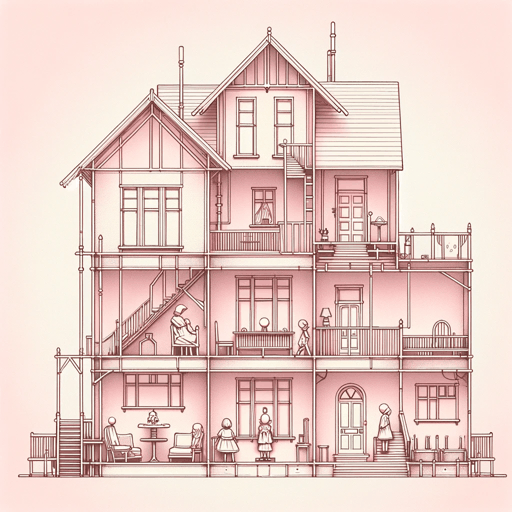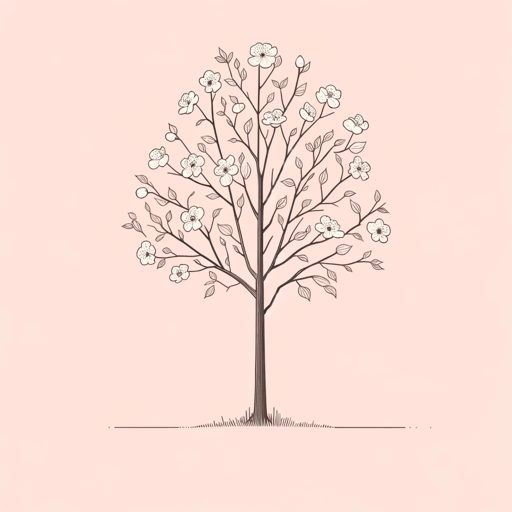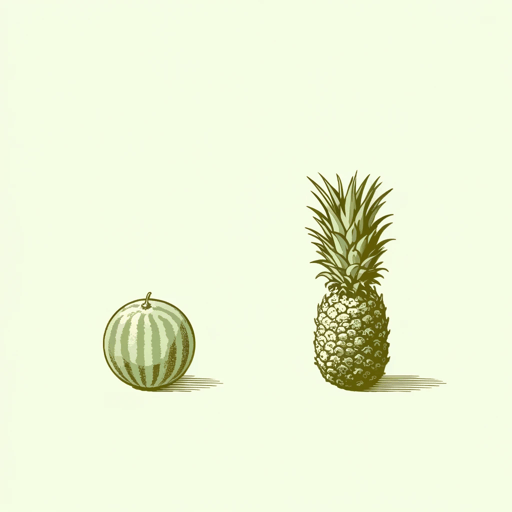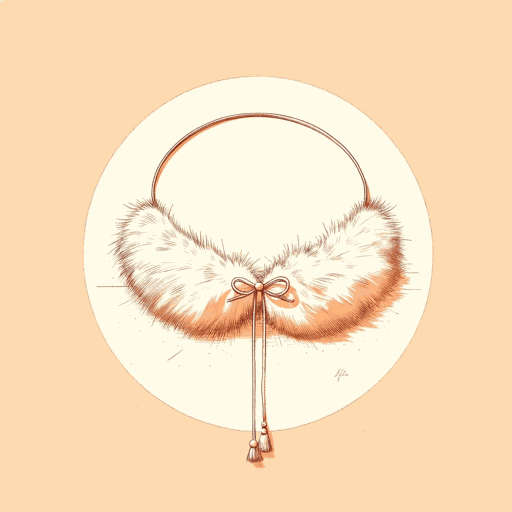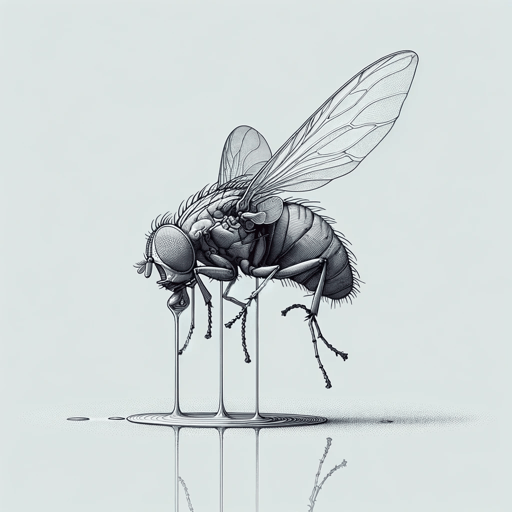28 pages • 56 minutes read
Katherine MansfieldThe Doll's House
Fiction | Short Story | Adult | Published in 1922A modern alternative to SparkNotes and CliffsNotes, SuperSummary offers high-quality Study Guides with detailed chapter summaries and analysis of major themes, characters, and more.
Story Analysis
Analysis: “The Doll’s House”
“The Doll’s House” examines the intricacies of girlhood within the insular setting of a rural New Zealand village. By using free indirect discourse that allows the reader to access several different characters’ consciousnesses, Mansfield establishes a somewhat objective scene. Girlhood is a tricky maze to navigate, especially for girls who find themselves lacking the benefits of socioeconomic privilege, and the changing point of view teases out the complexities of an often-minimized social setting.
The text critiques the trust that children have in adults and suggests that children may use the inability to trust the adults around them as opportunities to forge their own identities. The classroom becomes a battleground as the alliances and Social Divisions of the Adult World are played out through the proxies of their children. Though enforcing these socioeconomic divisions only harms the learning experiences and children’s sense of self, the adults believe that these conservative values must be entrenched and perpetuated in the next generation, protecting and preserving the upper-class townspeople’s reputations. Even the teacher reinforces this dynamic by looking down on the Kelveys and treating them poorly in comparison to her other students. Of the upper-class girls, only Kezia takes a moment to critically examine the maltreatment of the Kelveys by the adults in her life.
Related Titles
By Katherine Mansfield
